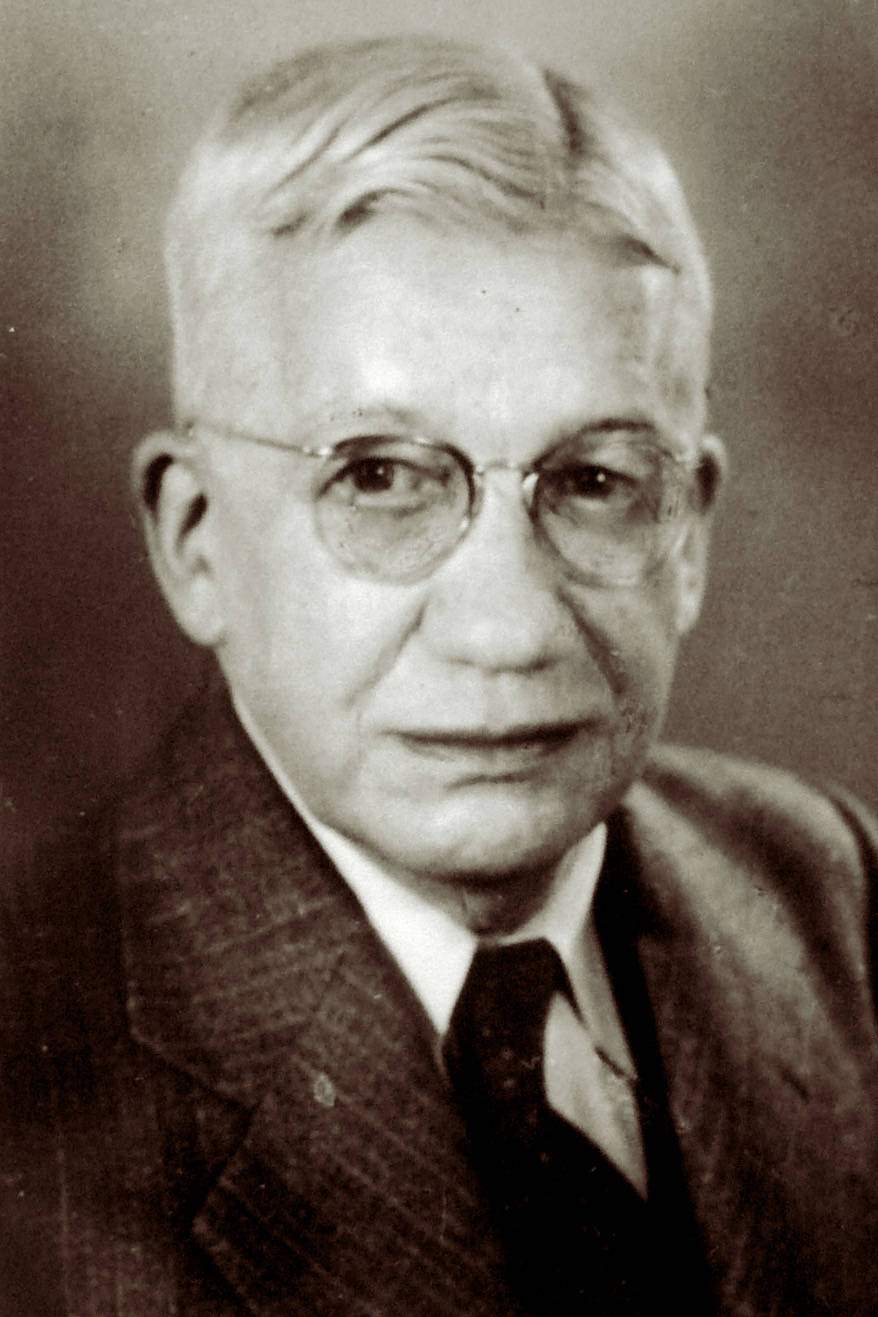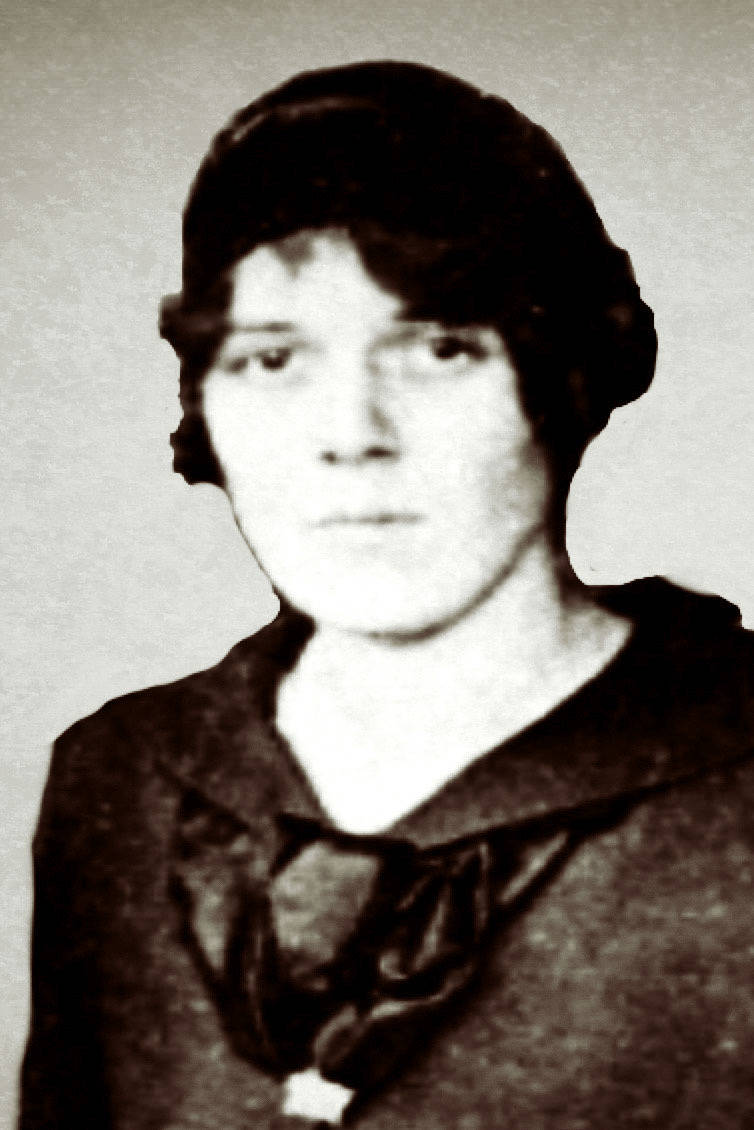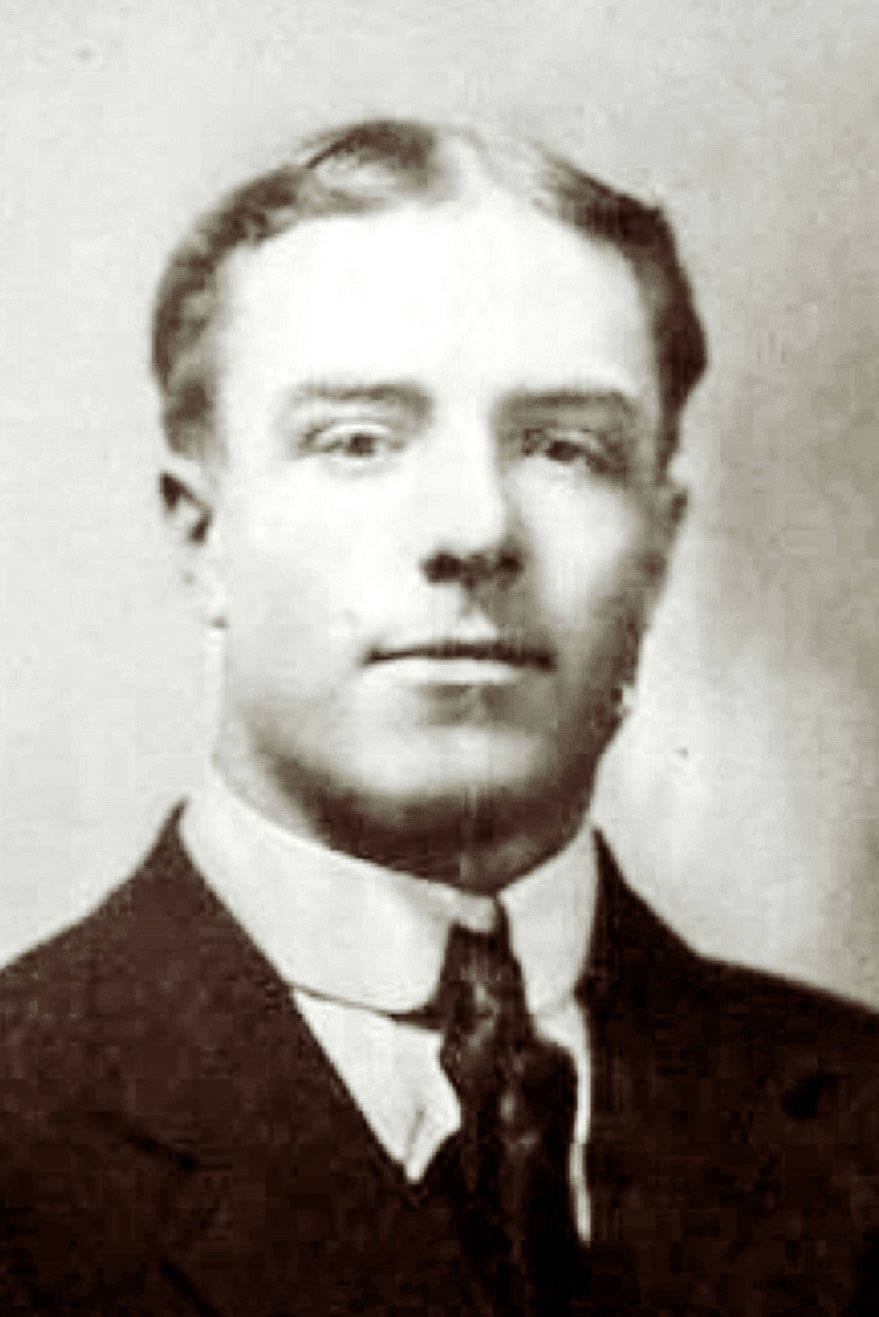By David Gregory
One of the most deadly influenzas in recorded history was the Spanish influenza epidemic.
This flu was characterized by three distinct waves of infection.
The first wave began in the spring of 1918 and was the least deadly. The second wave was the most dangerous. It began in the fall of 1918 that featured a short but defined reduction of the infection rate followed by a deadly re-emergence of the infection in the spring of 1919. And the third wave started in the fall of 1919, but impacted communities more in the spring of 1920.
The first wave of the Spanish flu never reached British Columbia. The first official case of Spanish flu was part of the second wave of infection on Oct. 5, 1918.
The province quickly reacted by recommending closure of schools, churches and other social events.
“The health authorities are seemingly taking every precaution to guard against the epidemic getting a foot-hold in this province.” According to Summerland’s medical health officer Dr. F.W. Andrew, “it would be a serious mistake to minimize the danger attending the epidemic now spreading throughout the continent.”
The first person to die in the Southern Interior from the Spanish flu was Fred Jenkins Pardee, on Nov. 2, 1918.
READ ALSO: Summerland has faced disease outbreak in the past
READ ALSO: How Revelstoke handled the Spanish flu
His home was Mineola, Meadow Valley, near present-day Summerland, and he died at a lumber camp in Princeton. Throughout the Spanish flu crisis, Mineola was a centre of influenza infection.
Summerland resident Gertrude Angwin traveled to Mineola and volunteered nursing care.
Summerland implemented its own plans to battle the influenza.
Summerland’s Hospital Society, through public support, had built our hospitals. In early November, the society created a new hospital, the Influenza Emergency Hospital.
This facility was specifically designed to treat influenza patients.
The hospital’s volunteer nursing staff included Matron Miss Gordon, Kathleen Babbit and Faith Walker.
Almost immediately after receiving patients to the hospital, Gordon and Babbit became ill.
Gordon recovered quickly and resumed her nursing but Babbit was confined to her home and never returned. Nurse Beatrice Gale took her place.
The first patient to be admitted to Summerland’s Emergency Hospital was a Japanese-Canadian from Kelowna. This was quickly followed with Roy Phinney from the Experimental Station and Leslie W. Pacey, who died a week later.
A major community event during the first week of November 1918 was Summerland’s ninth annual Fall Fair. The two-day event traditionally ended with a popular community dance. Summerland Reeve (Mayor) Isaac Blair was reluctant to cancel the Fall Fair but did cancel the dance.
By the middle of November there were 60 influenza cases in Summerland and 11 required hospitalization.
Two additional volunteer nurses joined the staff at Summerland’s Emergency Hospital, Kathleen Henderson and Miss Newby of Peachland.
Under the direction to Summerland’s medical health officer Dr. F.W. Andrew and with support of the Reeve (Mayor) Isaac Blair, schools and churches and our theatre, the Rialto Theatre were closed.
For most of the months of November and December, these public institutions remained closed.
Towards the end of December, the infection rate diminished.
READ ALSO: Looking back: Salmon Arm’s experience with the Spanish flu
READ ALSO: LETTER: Restrictions needed to control spread of COVID-19
There was only one new case of influenza; the cook at the Emergency Hospital, Mrs. Harting.
These public facilities quickly re-opened.
After 28 days of operation, and a total of 19 patients requiring care, the Emergency Hospital was no longer needed. The Spanish flu appeared over.
In January 1919, Andrew described the impact of the influenza of Summerland.
There were a total of 89 cases and four deaths of local residents. This did not include the deaths of people from neighbouring communities like Mineola.
Andrew reported an increase of other infectious diseases as well.
His report stated that, “Prior to 1918, Summerland had been relatively free of infectious diseases but in 1918 there were 14 deaths, two of which were infants, four deaths resulted from influenza, and four from tuberculosis. Of other infectious diseases there were 10 cases of measles, 66 German measles, 48 chicken pox, two of erysipelas, and two of impetigo.”
Andrew’s report also emphasized the contributions and sacrifices of the nursing staff.
But then quite suddenly, this second wave of the Spanish flu re-emerged with a spike in infection rates.
Again there were closures of pubic buildings and events.
According to Andrew, the first four months of 1919 had 80 cases of the influenza and one local resident died.
Andrew noted that the strain of influenza was not as severe this time. He actively discouraged travel to other communities.
In addition, the Summerland Review provided specific weekly reports of the status of other communities. For example, it was well known that Mineola had a high incidence of cases and deaths due to the influenza.
Twice in the spring of 1919, there were large outbreaks of disease both in Penticton and Kelowna, but there was little impact on Summerland.
The third wave of the Spanish flu began in the fall of 1919 and continued into the spring of 1920.
Influenza cases in Kelowna and Penticton increased significantly but again there were far fewer cases were in Summerland.
To be cautious, by March 5, 1920, Summerland again closed the schools, churches and the Rialto Theatre. By the end of April 1920, cases of the Spanish flu disappeared.
Prevention from acquiring these viral diseases was similar to the methods of preventing and limiting the spread of COVID-19. Prevention from infection included, social distancing, careful hygiene, self isolate for those who feel ill, use of face-masks and good nutrition were emphasized.
For the Spanish flu, fresh air and sunshine were also recommended for infected patients. For the Spanish flu a drug frequently recommended was bromide quinine. This drug is related chemically to hydroxychloroquine being explored today as a possible treatment for COVID-19 infections.
And finally advice from our medical officer, Dr. Andrew: ” If there were stricter travel restrictions between communities, there would have been far fewer infectious events.”
David Gregory is a Summerland historian.
To report a typo, email:
news@summerlandreview.com.
news@summerlandreview.com
Like us on Facebook and follow us on Twitter.


